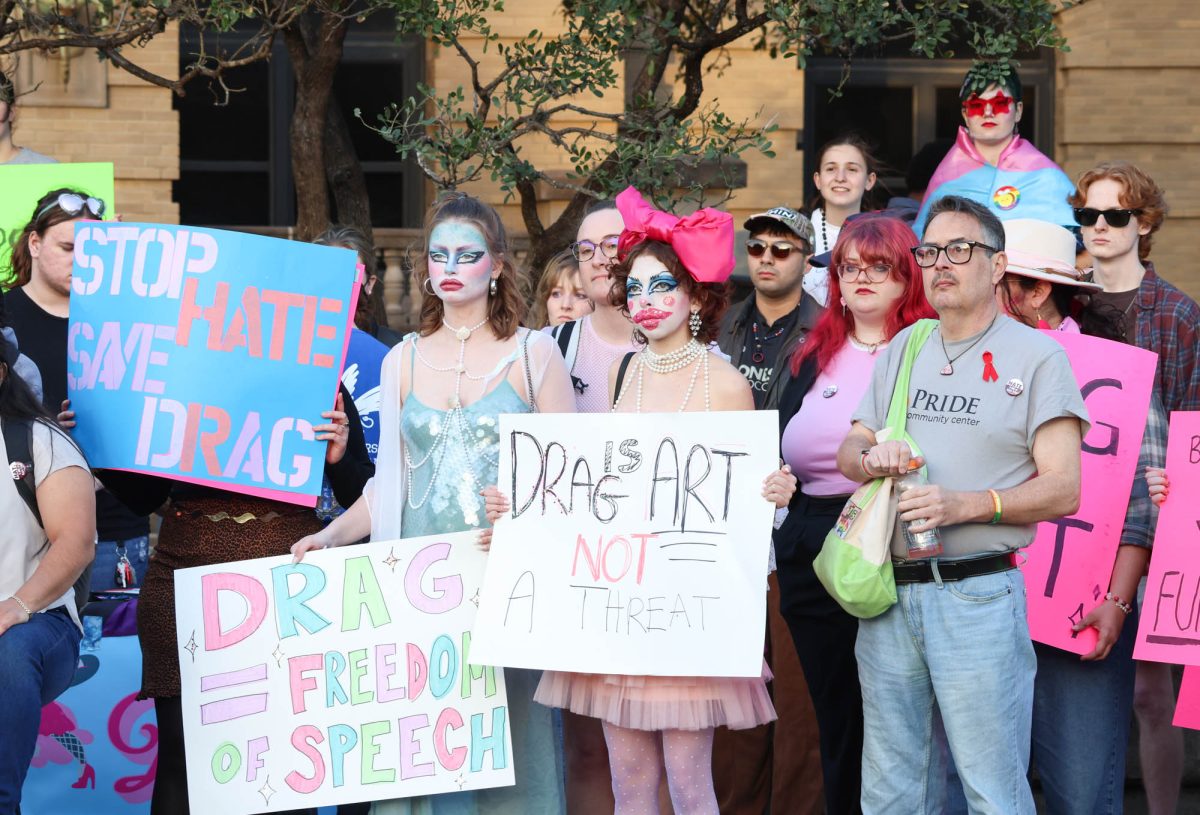As the COVID-19 pandemic brought on many unprecedented times, the job industry may have seen the most.
Anthony Klotz, Ph.D., associate professor of management, first coined the term “The Great Resignation” in an interview with Bloomberg Business. He described the Great Resignation as “the widespread trend of a significant number of workers leaving their jobs during the COVID-19 pandemic.”
Since then, Klotz and the Great Resignation have been covered in newspapers and magazines across the country, including NPR, Business Insider and The Washington Post.
“I believe when that article was launched, and it brought up the idea that a lot of people were going to quit their jobs … it captured the way a lot of people were feeling,” Klotz said. “It quickly spread among workers who had gone through the pandemic and felt like they needed a break or wanted to talk to their boss about changing the way they worked … remotely [or] permanently. I think it was a big acknowledgment of what people were feeling coming out of the pandemic. When it surfaced, people really connected with it.”
Just in August, 4.3 million Americans quit their jobs. Klotz said during the initial lockdown, many workers experienced pandemic epiphanies, a moment of reflection that resulted in making a major life change. For many, Klotz said this involved a change in jobs.
“I knew that a number of people would reflect on their lives and be happy with how things were going,” Klotz said. “There were going to be some people that reflected on their lives and said, ‘I’m spending 40 or 60 hours a week at work, and it’s not giving much back to me; it’s not contributing to my well-being.’”
White House Correspondent Jen Psaki said in a Nov. 12 press briefing that people feel this is a good time to switch careers and look for new jobs.
“It’s a workers market right now,” Psaki said. “People are looking for more dependable benefits. They’re looking for wages that are higher, and that’s something that’s incumbent on a lot of industries to meet the moment on.”
As workers return to their jobs, Klotz said companies are talking to and collecting data from their employees to create more flexibility, allowing employees to organize work around their own lives.
“Companies are struggling with whether to allow employees to work remotely forever,” Klotz said. “Some companies, big companies, have announced that they’re going to allow employees to work remotely. Other companies have said, ‘Everybody has to come back to the office,’ and other companies have said, ‘Let’s do something hybrid.’”
Klotz said Texas saw little effects from the Great Resignation, similar to the education sector of jobs.
“If you think about Texas A&M being a big educational institution in Texas, it may be buffered from that a little bit.” Klotz said. “At the same time, the majority of the turnover that’s happening in the Great Resignation is in the jobs that were on the frontline of the pandemic. Texas A&M probably does have a number of people in those three areas, especially food service. I don’t think I could make a statement that Texas A&M is going to see a Great Resignation, but there probably are pockets of workers within it that are more prone to the great resignation than others.”
Klotz said people tend to be bad at predicting how they will actually feel in future situations.
“During this Great Resignation, I’ve always said if you’re thinking perhaps about leaving your job or upgrading your job, it’s worth talking to your company and talking to your manager first and saying, “How do we improve my job?’” Klotz said. “Quitting your job is a big decision and ideally, you would want to try to fix the things that are wrong in your job before taking that step. That’s what I encourage employees to do.”
Current University of Florida professor Brian Swider, Class of 2011, studies boomerang employment, which is a situation in which a former worker returns to the company after some time away. Swider said employers who have suffered from the Great Resignation should target employees that left six to 12 months prior to the pandemic.
“Reaching out to those employees [to] see if they’re happy with the change they made just before the pandemic, might be a really useful strategy to try and identify people that would be interested or potentially interested in returning,” Swider said. “The entire job that they would be coming back to has [not] changed dramatically. Ideally, you’d still be doing a lot of the same things, working with the same people, so the benefits associated with the social interactions or the social components that are really helpful in hiring back former employees would still be able to be capitalized on with those employees.”
Businesses have a lot of incentives to rehire former employees, especially when they need to fill a lot of vacancies immediately, according to CNBC. Swider said reaching out to employees to see if they’re happy with the change they made before the pandemic can be a useful strategy to try and identify people that would be interested — or potentially interested — in returning.
“Organizations can manage this process to some degree,” Swider said. “They can seek out and contact proactively recent people who have resigned to see if they want their job back, or want a higher role or a different position within their former organization.”










